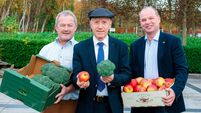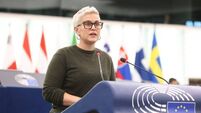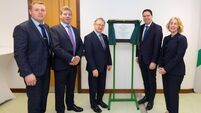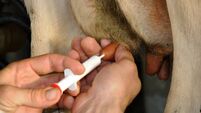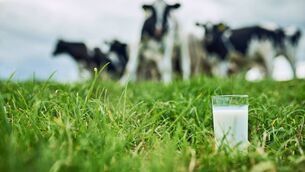Getting more from less – how agtech is working to solve the world’s fertiliser crisis

The shaker box technique allows a much more precise approach to fertiliser application.
With the cost of basic inputs like seed, fuel and fertiliser breaking new record prices on an almost monthly basis, it hasn't taken agtech long to hone in on its key selling point of getting more from less, with one of the newest machines on the ground even promising to reduce farm fertiliser use by up to 25%.
“We have a very different approach to fertiliser spreading from other companies,” Anne Walsh from Kverneland Ireland explained.


